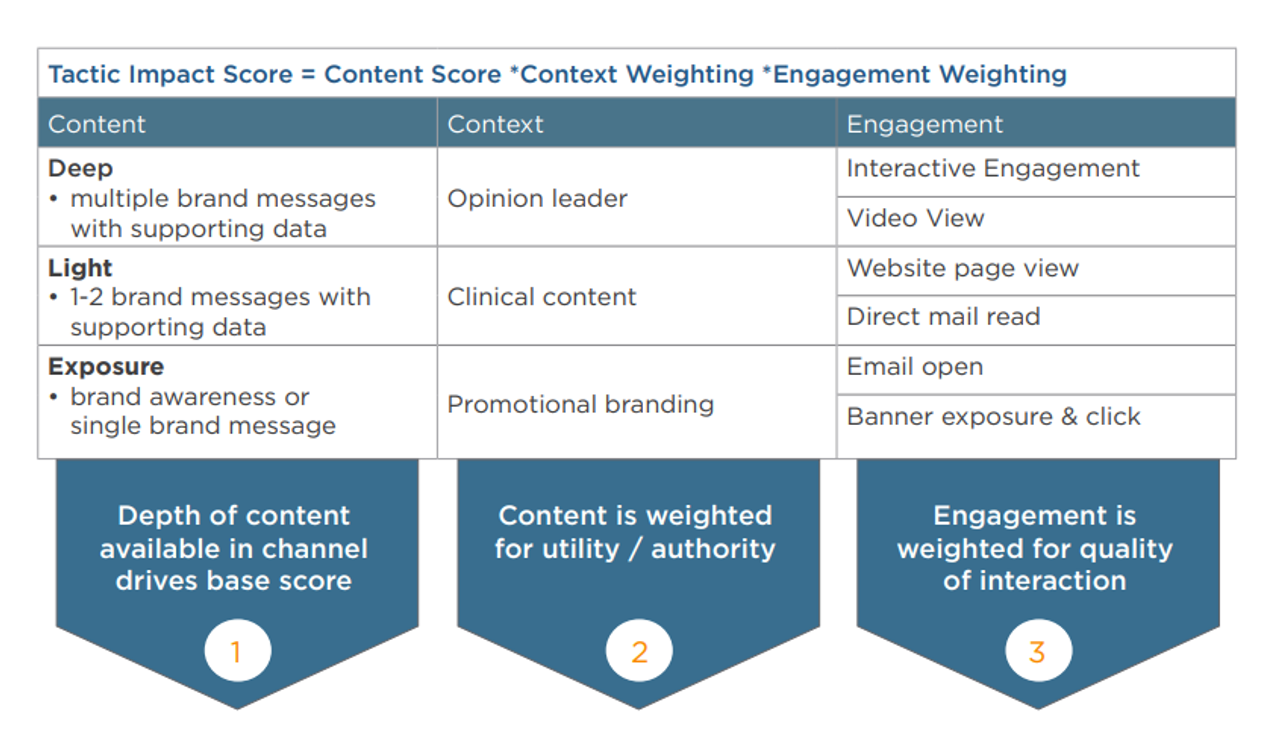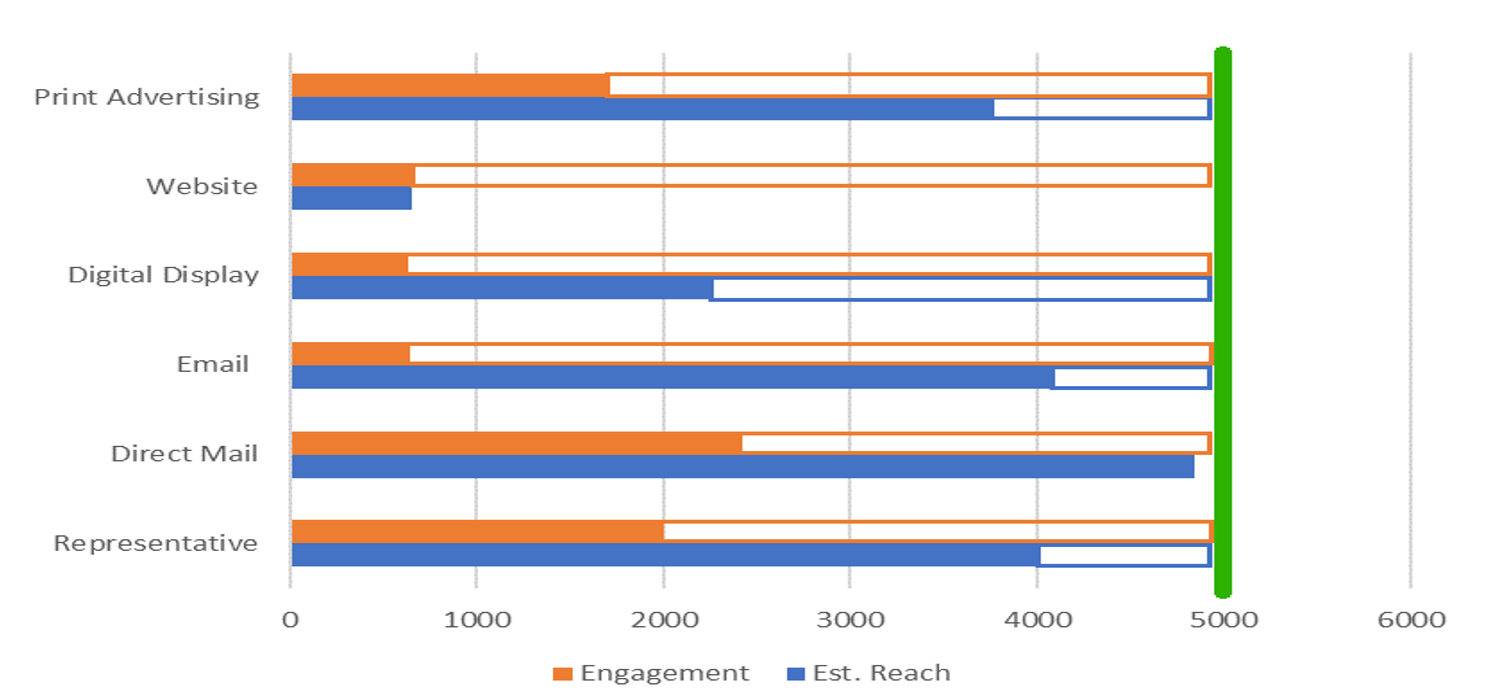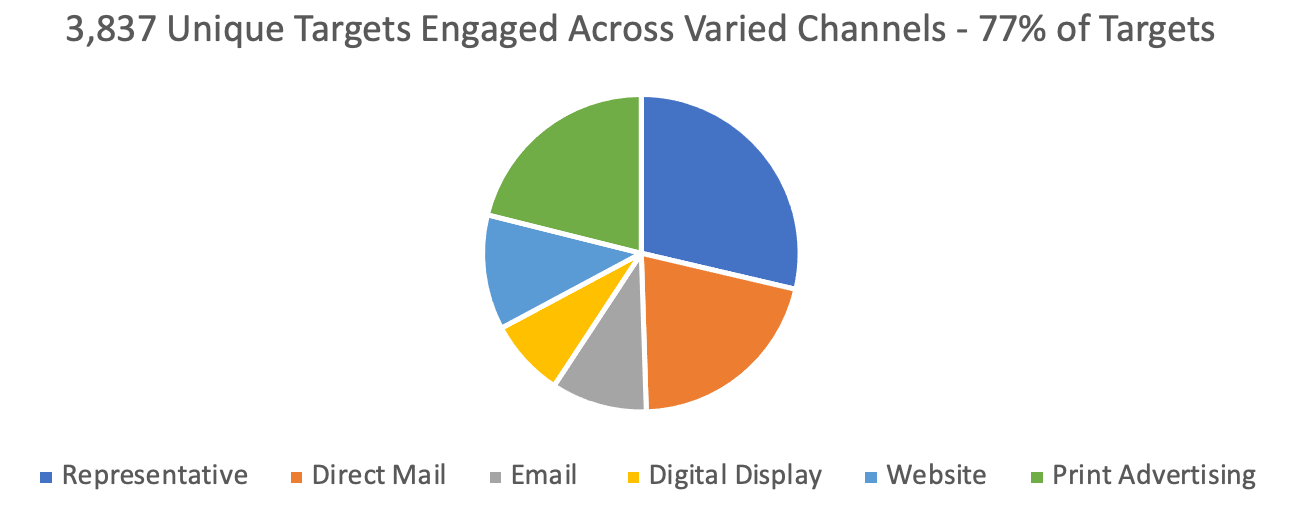Rethinking Omnichannel Measurement
Brand Insights - Thought Leadership | Paid Program
As pharmaceutical marketers, we invest significant amounts of time and budget in building promotional strategies and campaigns designed to impact our brands. Historical data tell us that a healthcare professional (HCP) who engages with the full brand story is more likely to convert, and most campaigns and engagement measurement models are designed around volume and efficiency rather than depth and quality.
This efficiency model has pulled the focus of marketers to line-item channel performance, like the open rate of an individual email versus the overall impact of a campaign. As we shift to omnichannel-first campaigns, we need to assess how we build them, how we more accurately measure and optimize engagement data, and how we should require return on investment (ROI) analysis.
Omnichannel uses data and channel variance to orchestrate storytelling and aims to meet the user’s need for relevance and utility. However, most current key performance indicators and metrics designs do not accurately reflect the impact of integrated, omnichannel efforts against brand objectives, like how digital display advertising can benefit the engagement rates on direct mail. In addition, standard reporting doesn’t account for the impact various assets have on HCP attitudes and behaviors.
HCP Impact Score™ – Rethinking engagement measurement
True omnichannel varies in depth, context, and quality of content—from use of reminder ads and driver emails to key opinion leader-led assets and long-form video—while working in coordination with personal selling and across customer sets. Within this channel mix, not all tactics are created equal. However, we often get stuck counting each engagement as a “+1” on the scoreboard even though engagement and impact should not be measured equally across all channels.
Therefore, BioPharm Communications recognized the need for an approach that more accurately projects the impact on HCP attitudes and behaviors and developed the HCP Impact Score™. This tool looks at the depth of content as well as its utility or authority and then weights each asset for the quality of the interaction, as shown in the chart below.

Understanding how HCPs engage with assets at varying depths and weights reinforces the importance of channel variance. Some HCPs are high email engagers while others prefer print, whereas some are heavy video and website users. As shown in the chart below, which features an actual executed campaign, no one channel engaged more than 45% of the audience. This highlights that over-reliance on a single channel, like email, can leave significant gaps in campaign design and objective achievement.

The importance of channel variance is heightened when you look at how unique targets are engaging with content:

With this new thinking on measurement, we can identify gaps in both depth and utility of content delivered in near real-time. In addition, when not measured using a +1 methodology, engagement data can drive optimizations across channels, helping to earn cumulative deep engagement, and ultimately change prescribing behavior.
HCP Impact Score™ Paired with ROI
We anchor our brand plans on behavior change and script lift. And while the overall goal is to communicate the value of therapies and improve patient outcomes, we still have a fiscal responsibility to do so profitably. HCP Impact Score™ can drive campaign design and optimization through execution. However, engagement alone doesn’t achieve our overall goal of behavior change. ROI is a truer measurement of campaign success and more accurately captures the impact of context, depth, authority of content, and coordination of channels. Lastly, ROI provides support for achieving organizational goal congruence like brand lift and is a better analysis comparator when looking at campaign versus campaign impact.
So, as we look forward to launching next year’s plans, it’s important to have an eye toward integrated, omnichannel campaigns that leverage channel mix. We also need to rethink how to measure cross-channel synergies, fairly weigh the impact of each asset on our customers, and push for analysis on behavior change.